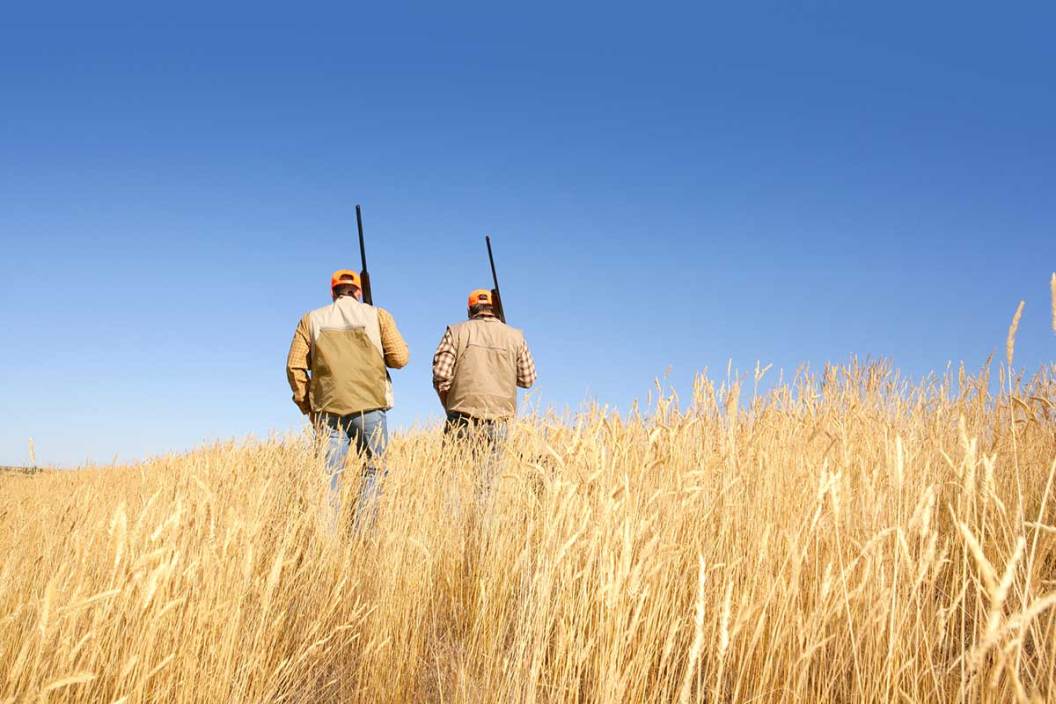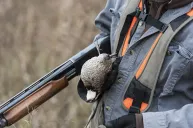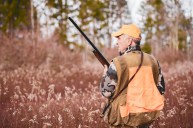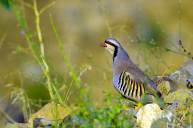The state of California conjures up many feelings and opinions. Love it or hate it, there's a little bit of everything out here. I was born and raised in California. I've lived pretty much my whole life here and I find it hard to envision a life outside of California. What keeps me here? The heritage of my people and family, the great weather, the tacos, the art, the music, the different cultures, the beautiful and diverse people, and the upland hunting of course!
Wait. What? Upland hunting in California? While it's not something you'd usually think of when someone mentions the golden state, California bird hunting is pretty great.
I grew up hunting deer out here in Southern California. In the 1980s, I remember seeing deer getting skinned and processed for meat in my backyard with family gathered around. By the 1990s, I was old enough to hunt on my own and was literally getting lost in Angeles National Forest chasing after deer. In my twenties, I ditched deer hunting for upland hunting and never looked back. I have consistently hunted birds in California, aside from the odd year here and there, ever since.
So, where do I do most of my upland hunting in California? Despite what you might think, there are many accessible acres of National Forest and other public land within an hour of two of most major metropolitan areas. With just over 38 million acres of huntable public land, you can get into some good upland habitat within a reasonable drive. With a diverse range of ecosystems, you can find yourself hunting among the pines, dense chaparral, rolling hills, high deserts, and sage-filled valleys. They're all beautiful sights to behold!
As diverse as the habitats can be out here in California, we also have a variety of game birds in the state. These beautiful birds have plumage that complements the fiery orange and red California skies. All of these game birds present great shooting challenges in their own right, and they are great tasting too!
Quail
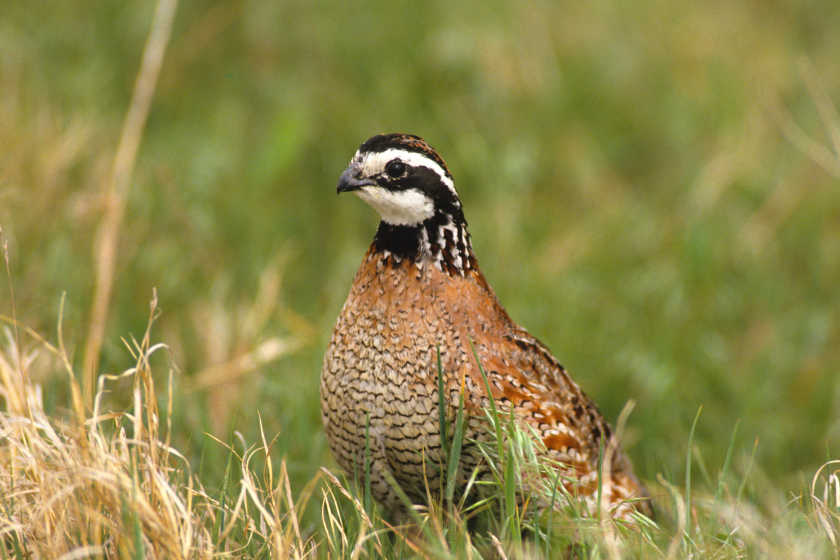
There are three different species of quail in California. The California quail (also known as the valley quail) is the state bird of California for good reason. It was one the most prolific game birds in California, with accounts claiming coveys numbering in the hundreds before widespread development of residential and commercial land spread across the valleys and rolling hills of the Golden State. With their iconic comma shaped head plume and recognizable "Chicago" call, California quail are still one of the most common species of upland bird encountered. They are very adaptable birds and if given a patch of habitat, they can make a home out of it. This is precisely why this game bird has been introduced to other states like Texas and countries like New Zealand. In California, you can find them in the high deserts, pine forests, and coastal chaparral.
Dove
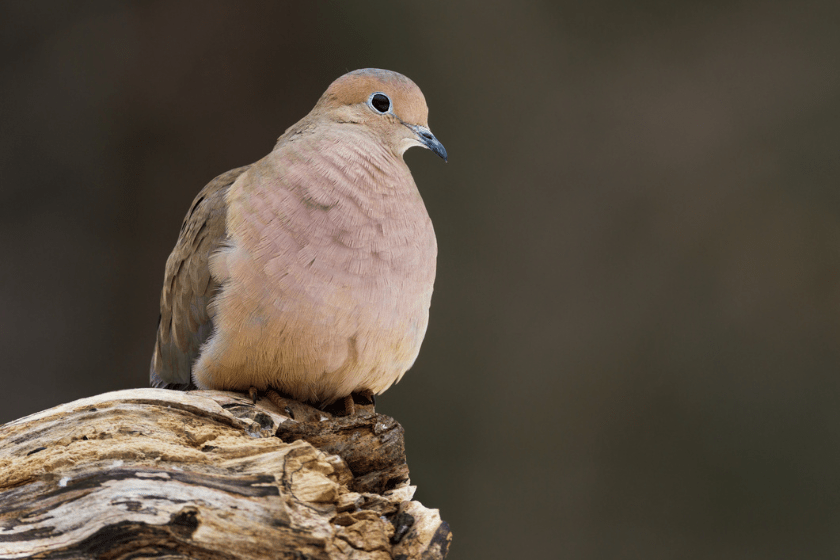
September 1st rings in the beginning of the bird hunting season for us here in California. With widespread numbers, doves are one of the most hunted species of all game, big or small, fur or feather. Mourning doves make up the bulk of the species taken, followed closely by white winged doves. You can find them in deserts, farmlands, and planted fields alike. There is typically a second season for dove hunting by mid-November. Eurasian collared doves are also present and widespread in California; since they are an invasive species, there is no limit on how many you can take, and you can hunt them yearlong. You can also hunt band tailed pigeons in late December.
Chukar
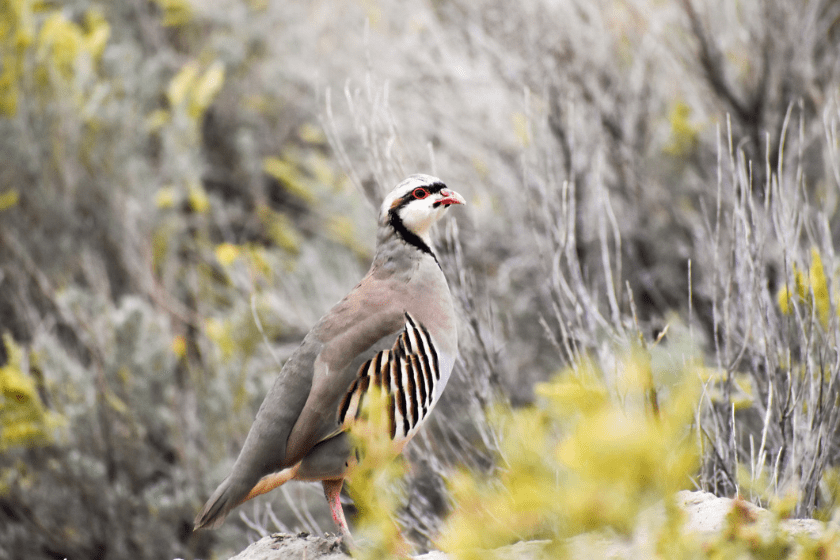
Chukar were introduced into California around 1932, with some moderate success, especially in areas where native game species have been extirpated due habitat degradation. These hardy game birds found themselves quite at home in the desert mountain ranges and hostile cliffs and mountains. Although populations have dwindled, many large coveys have survived over the generations due to living in remote areas. These days, a California chukar in the vest is a well-earned prize.
Snipe
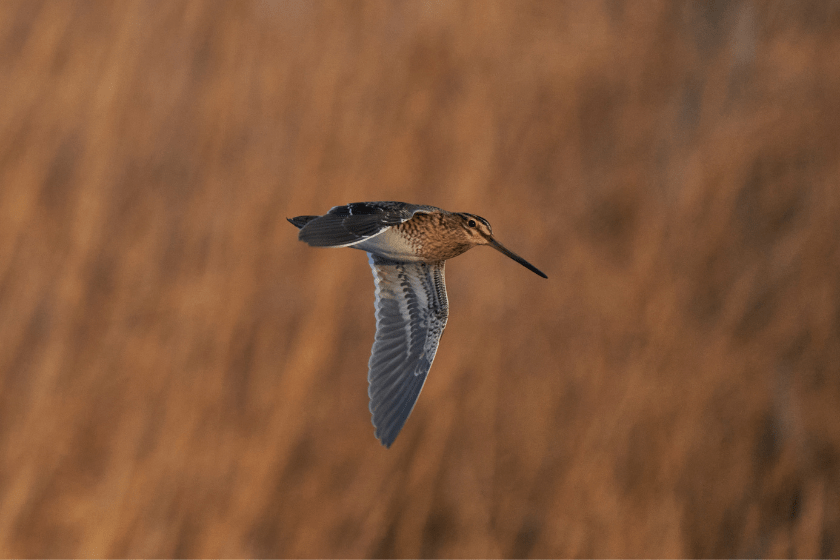
If you like a challenge, snipe can bring out the best and the worst of your shooting skills. These small and lightning-fast rockets will keep the action lively and turn even the most confident shooter into a humble hunter. You can find snipe around shallow pools and even flooded agricultural fields.
Pheasant

Non-native pheasant were distributed through much of Northern California as far back as 1889. By the 1920s they were well established, and certain areas in California boasted some of the best pheasant hunting in the nation. Or at least that was the marketing pitch. Loss of habitat, agricultural practices, and other factors eventually led to the decline of pheasant populations. However, there are still wild pheasant present in the Sacramento and San Joaquin Valleys, and they're a ton of fun to hunt.
Grouse and Ptarmigan
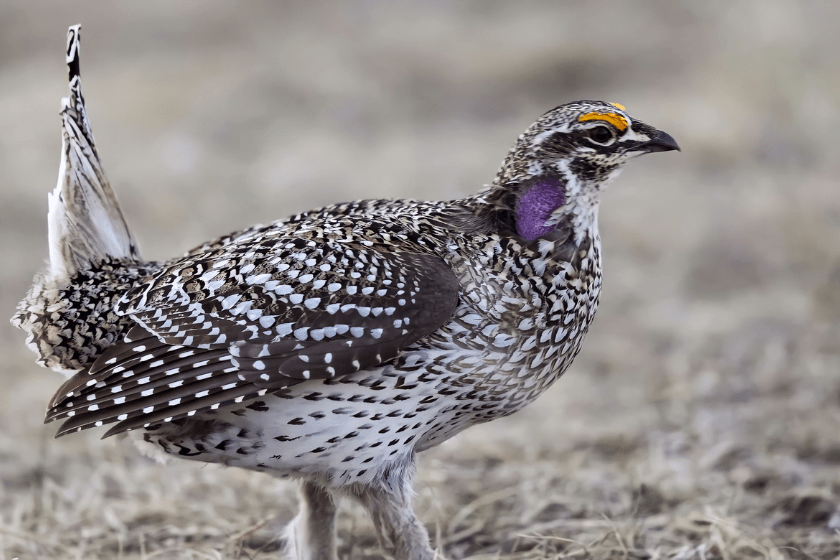
If you get the itch to go grousin' in the California woods, you're in luck! Ruffed grouse are present in the most northern part of California, but the sooty grouse is far more prevalent across the state. While hiking into the Sierras for sooty grouse, you can also keep an eye out for white-tailed ptarmigan which share much of the high elevation habitat as the sooty grouse.
Other Things to Consider
California adopted a ban on toxic ammo for all hunting, including lead shot for upland hunting back in 2019. Be prepared to use good lead alternatives like steel or bismuth shotshells. Bismuth performs a lot like lead, and it's safe to shoot through old vintage barrels. Prices for bismuth shotshells currently come with some eyebrow raises, but they are worth every penny in my opinion. If you have a modern shotgun, you will be okay shooting steel shot. I find that bumping up the shot size to 6 shot or even a 5 shot helps alleviate the lack of density with steel shot ammo. Either way, be prepared beforehand and pick up some non-toxic ammo before the season starts so that you're not scrambling last minute.
Licensing is pretty easy and straightforward. Residents must have resided within California for six months prior to purchasing a hunting license and must have a valid California hunter's safety course certificate or a previous hunting license from another state. Non-residents can obtain a hunting license easily by providing a recent hunting license from another state, though it must be within the past couple of years. There are also single-day and two-day licensing options for non-residents, which helps with keeping costs down. Regardless of residency, all hunters over 16 years old must also purchase an upland game bird validation. It is also a good idea to pick up a California and Federal duck stamp or validation if you plan to hunt areas that are near creeks or ponds. I have kicked up plenty of mallards while out hunting quail in some areas that I frequent, and I regret the times I didn't have a duck stamp handy.
The terrain in California varies but be ready to climb some hills and deal with thick brush. The early parts of the season in September and October can be quite warm. It's not uncommon for temps to be hovering just below 100 degrees on the general quail opener in mid-October. Dress accordingly with the proper layers, and bring plenty of water and ice for the cooler.
Speaking of the weather in California, the state has dealt with severe drought the past few years. Those especially dry years can affect bird populations throughout the states. It's good to have a buddy or other resource with boots on the ground to let you know what the bird numbers are looking like. Less rain and a drier spring or summer impacts weeds and bugs—that in turn directly affects upland bird chick numbers. Is there good rain in the forecast? Book that California trip!
With the variety of game birds available and the vast amount of public land in California, anyone who considers themselves a true-blue upland hunter should at least put the state on their radar.
